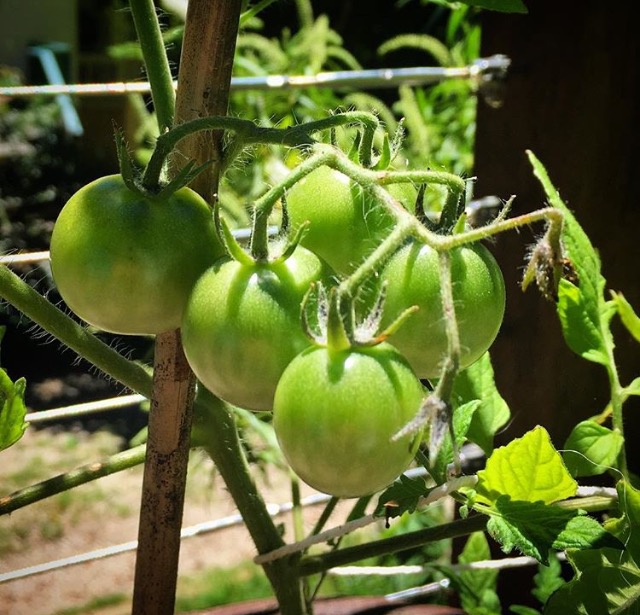Pint-sized patches
Design and planting tips and tricks for maximizing your small garden from Steve Fleischmann.
Recently I have been asked about growing in small areas and growing in pots. A great question because so many people have small gardens and a few well-placed pots can help make unused corners of the garden become more productive and attractive.
Design is an important consideration here. Like many things, we don’t necessarily notice something well designed, we just enjoy its functionality. However, when something is poorly designed it can be really frustrating. Having your potted garden in a handy spot, that you both like and spend time in, means you are far more likely to water the garden, notice when plants are ready t harvest and generally enjoy the space. Similarly, with a small garden, design it so that it draws you in – put a seat in the middle of it or plant aromatic herbs you can step on/brush past. Consider aspect and hierarchy. Most edibles need six hours of sunlight, and try to plant tall plants at the back of a bed and low sprawling ones at the front.
Map out the areas around the house that get the required sunlight and start thinking and researching what can be planted in these areas. If the sunniest spot is in the most remote/far removed area of the garden, don’t despair, plant something like oregano because it comes from rocky hillsides that are really dry, it can (usually) cope pretty well with some neglect, and it’s delicious as a fresh herb.

Pathways are also important. Ironically we tend to prefer curved pathways, but tend to walk straight from A to B. So designing a path through even the smallest of gardens can be a major design feat. Before you move a single shovel load, observe how you and others use the space. It is far easier to build to your habits than changing your habits to suit your build. Straight lines can be softened by herbs that tumble over the edge of a garden bed onto the path – making a straight line seem curved. Furthermore, it can be good to have an “aim” at the end of a pathway – a herb and flower bed, a fruit tree in a pot, a water feature, a bench seat or something else that draws you into the garden.
From my own experience the hardest thing about growing in pots is the water issue. In Australia’s extreme heat of summer pots can dry out very quickly and that can spell disaster for many plants. A couple of solutions to this is to use saucer trays at the bottom of the pot, experience has shown me that they make all the world of difference. Another option is a wicking pot. Essentially this is a plant pot with a water reservoir in the bottom.
Additionally, pots need to be watered. I know, I know a no-brainer really, but hey, it has to be said because we have all forgotten to water the pots and had plants die. Having a watering can or hose handy (and by handy I mean between the house and the thing that needs watering!) will mean the job is more likely to get done.
The next serious consideration is plant choice. And this is a big topic regardless of the size of your garden. Some edibles are simply not worth growing in small gardens – I’m thinking of things like corn or even tomatoes (I know some will disagree with me on this!) because they take up a lot of space, take a long time to fruit and the season is relatively short. On the other hand, a mix of lettuces, mizuna, chives and parsley in a big pot can give you cut and come again leafy greens for ages in a short period of time. Many seed companies sell Mesclun mixes and these are great for small gardens and pot growing. A potful of parsley will provide you with far more food over a growing season than a couple of corn plants. Other veg to try in small gardens include space-saver varieties of cucumber, zucchini, melons and pumpkins.
Finally, going back to design, but with a firm eye on plant choice, think vertical space. Grow up walls, create tepees or other trellis structures. Beans, peas and other vining plants love growing up support, look great, can hide ugly parts of the garden and are really productive.
Happy growing!
By Steve Fleischmann


